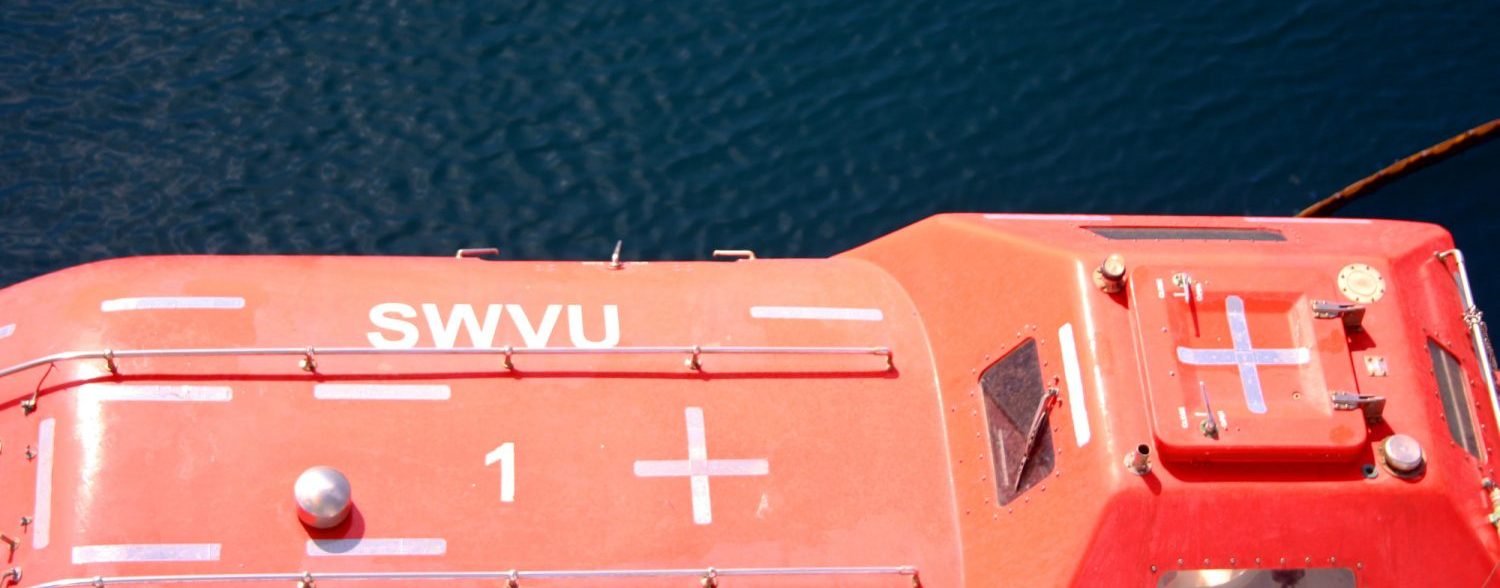
About
Ongoing comprehensive revision of SOLAS chapter III and the LSA Code
The safety of passengers and crew on ships is of paramount importance. SOLAS Chapter III and the International Life-Saving Appliance (LSA) Code provide mandatory requirements for ships to carry appropriate life-saving appliances, including lifeboats, lifebuoys, life-jackets, liferafts and many others to be used by passengers and crew in case of emergency to protect their lives at sea.
SOLAS chapter III outlines international requirements for life-saving appliances and arrangements, including requirements for lifeboats, rescue boats and lifejackets according to the type of ship.
The LSA Code provides more specific technical requirements for the manufacturing, testing, maintenance and record keeping of life-saving appliances. The LSA Code stipulates minimum requirements to comply in order to make a ship safe for its passengers and crew.
The Sub-Committee on Ship Systems and Equipment agreed, during SSE 10 in Mar 2024, on a draft road map for the drafting of related functional requirements and expected performances for SOLAS chapter III and LSA Code.
SSE 10 agreed in principle to draft amendments to paragraph 4.7.6.4 of the LSA Code. This regulation covers the testing of release systems of free-fall lifeboats as survival craft, ensuring that they meet relevant safety standards. These amendments would require consequential adjustments to resolutions MSC.81(70) on Revised Recommendation on Testing of Life-Saving Appliances, dated 11 December 1998 and MSC.402(96) Requirements for maintenance, thorough examination, operational testing, overhaul and repair of lifeboats and rescue boats, launching appliances and release gear, dated 19 May 2016.
The finalised draft amendments to the LSA Code, as well as consequential draft amendments to any other relevant instrument including amendments to resolution MSC.81(70), as well as the consequential draft amendments to SOLAS chapter III, resolution MSC.402(96), MSC.1/Circ.1205/Rev.1, MSC.1/Circ.1529, MSC.1/Circ.1578 and MSC.1/Circ.1630/Rev.3, are planned to be submitted for approval by MSC 110 and subsequent adoption by MSC 111.
New requirements for ventilation of survival craft, i.e. a new paragraph 4.7.7 in Chapter IV of the LSA Code, regarding Free-fall lifeboats release testing, are expected to be applied to each free-fall lifeboat installed on or after 1 January 2031.
A comprehensive review of the requirements for maintenance, examination, and testing of lifeboats and rescue boats, and their launching appliances, as contained in resolution MSC.402(96) aims to ensure consistent implementation of the requirements therein by amending the resolution accordingly. Arrangements for operational testing of free-fall lifeboat release systems without launching the lifeboat, i.e. the amendments to paragraphs 6.2.3 and 6.2.7 of resolution MSC.402(96), are expected to enter into force on 1 January 2028.
Lifeboat incidents
Lifeboat incidents occur most often during training and drills and involve not just the hooks, but also the entire lifeboat release and retrieval system (LRRS), including wires, gripes, and pennants. Identified causes of lifeboat incidents include:
- lack of adequate training and knowledge;
- unfamiliarity with equipment;
- inadequate risk assessment and planning;
- systems that are not yet modified in accordance with SOLAS Reg III/1.5;
- systems with design issues;
- incorrectly and poorly maintained systems;
- communication problems;
- complacency and failure to follow safety procedures.
Analysis of case studies shows that almost all of the incidents involved qualified seafarers. It is essential that lessons learned are passed on both to those serving at sea and to management ashore. It should ensure that appropriate onboard procedures and training are applied and followed.


